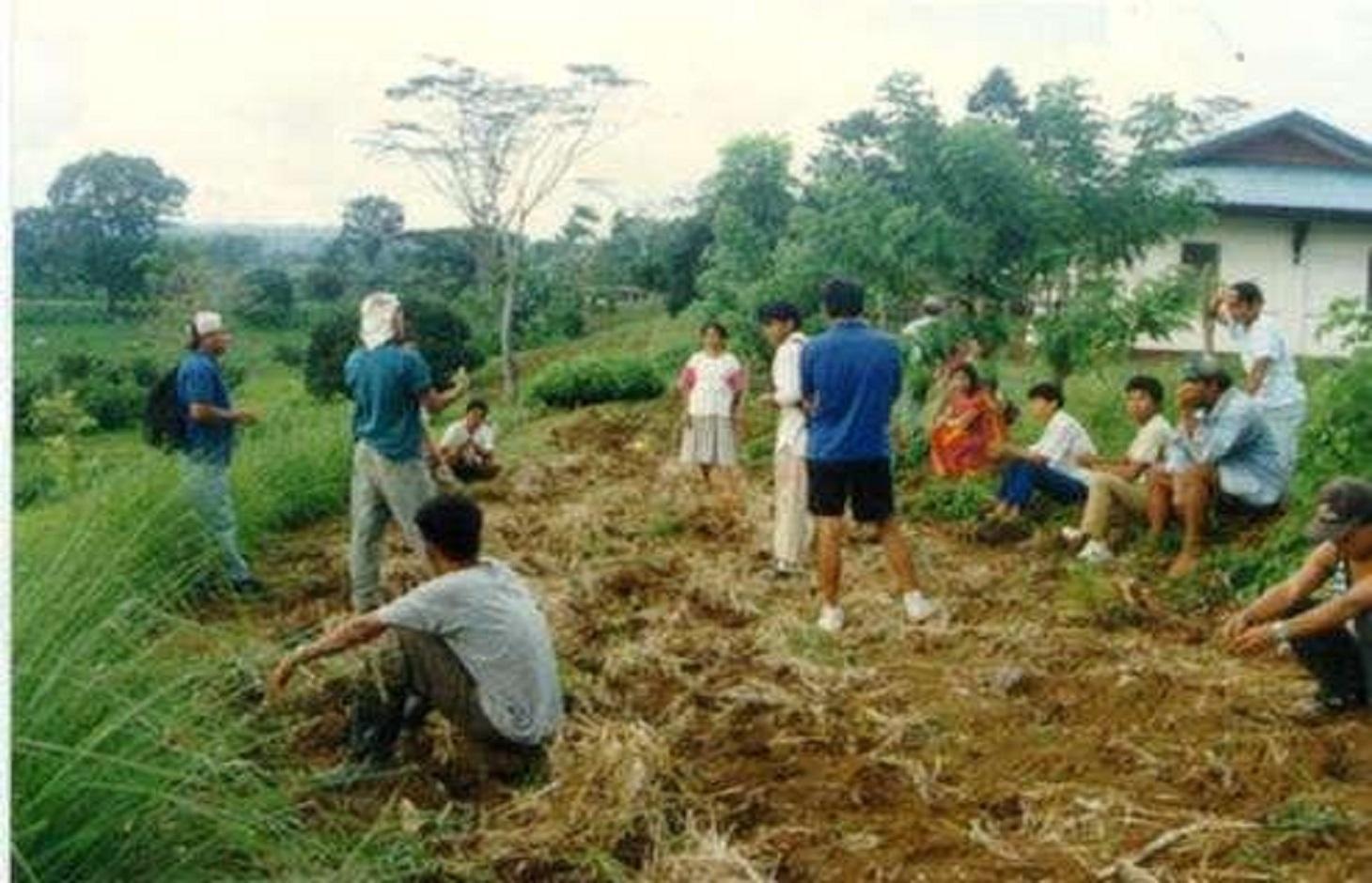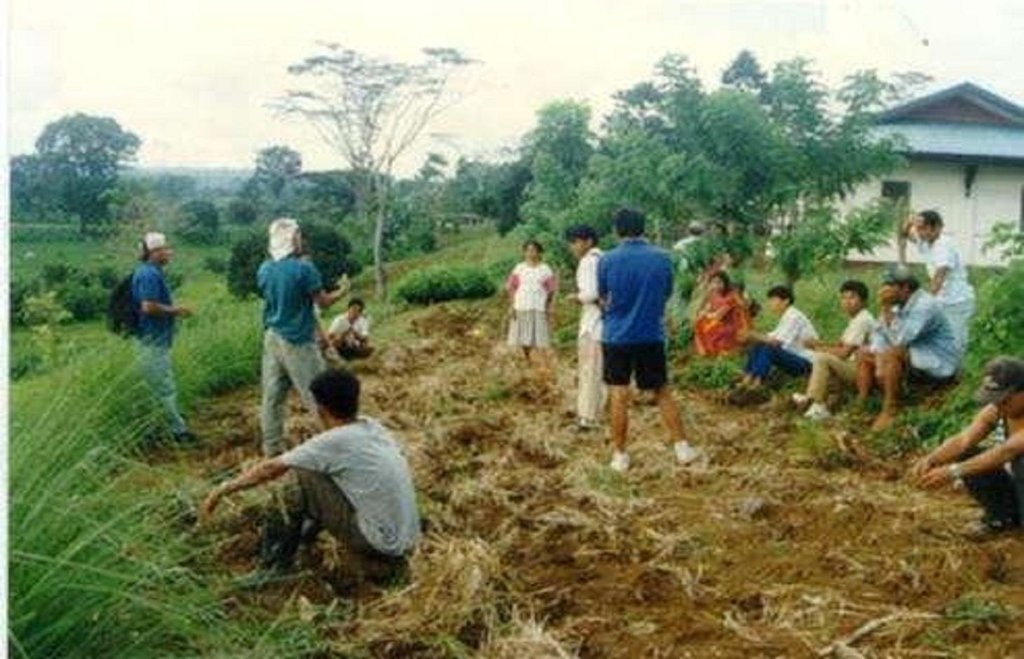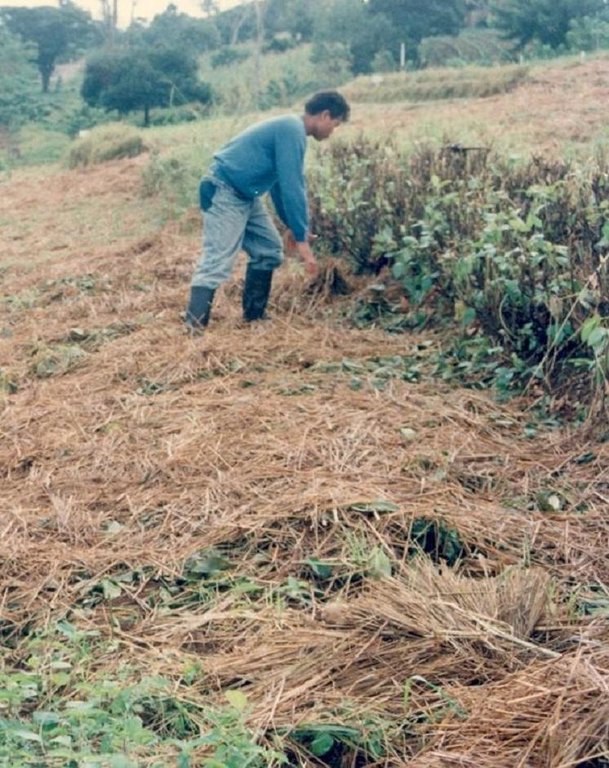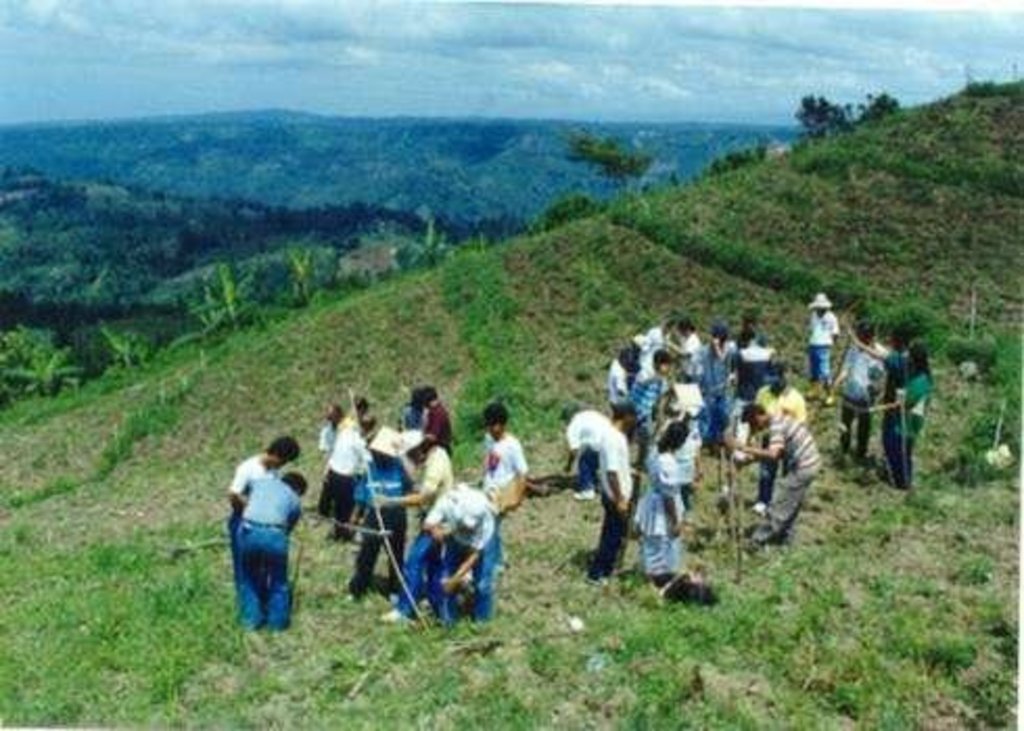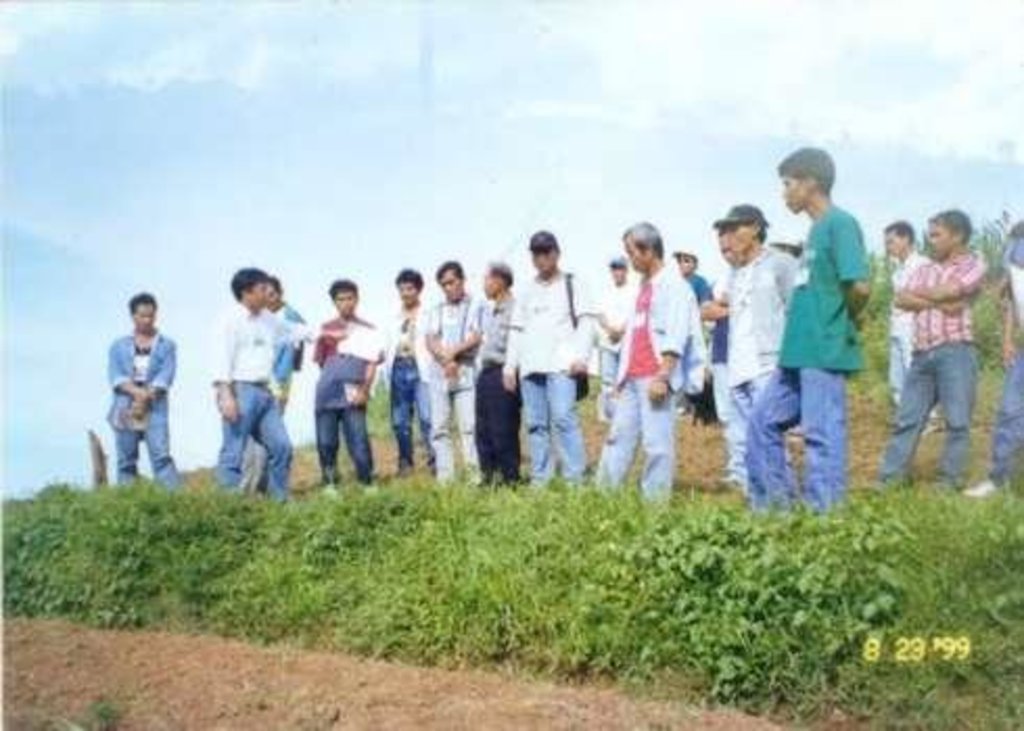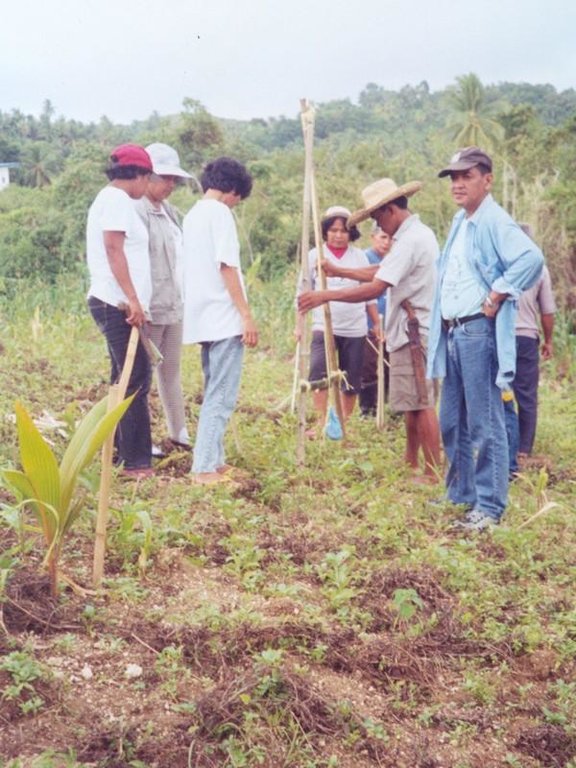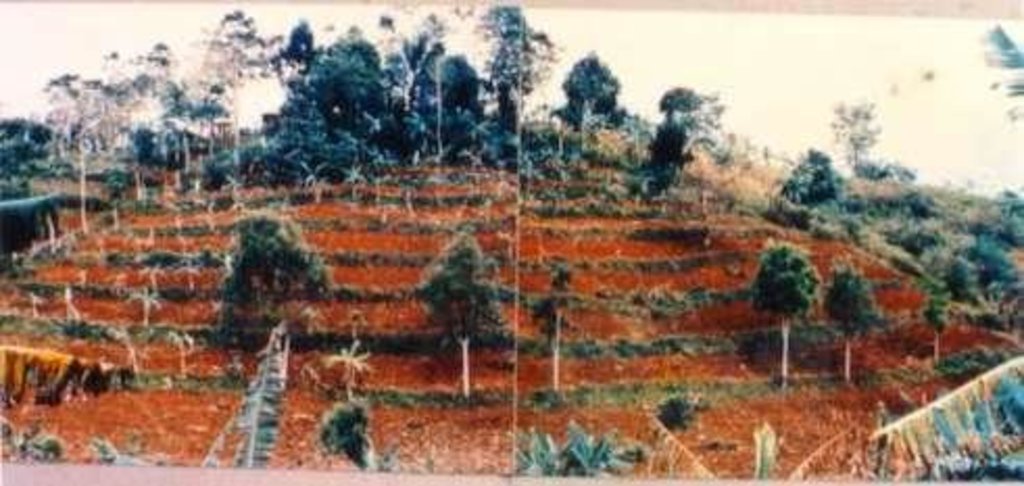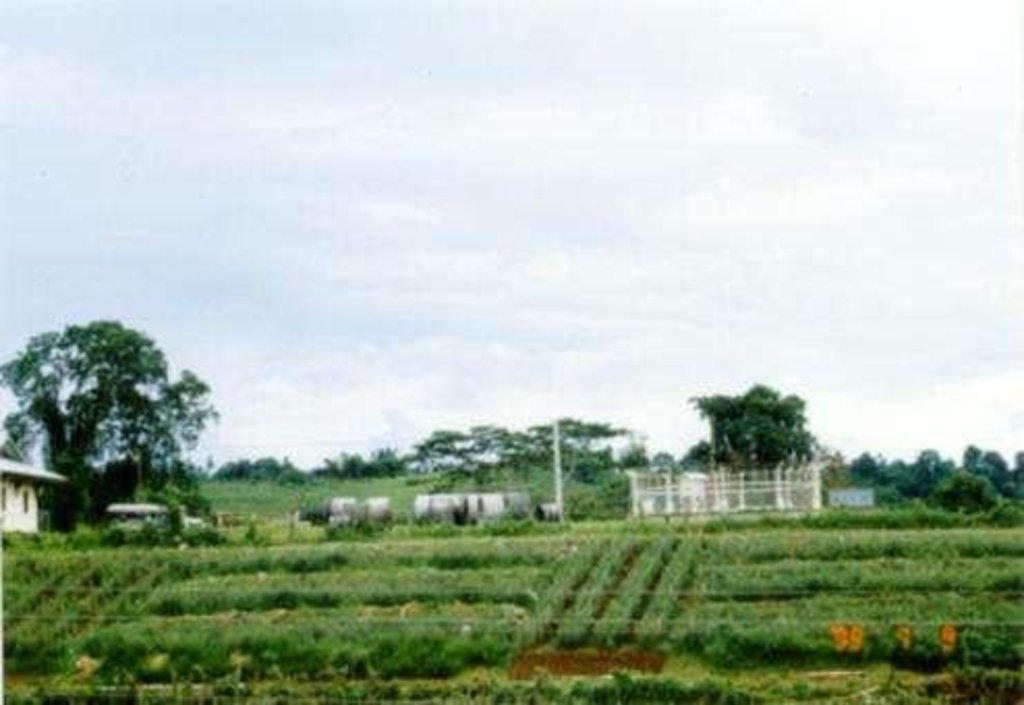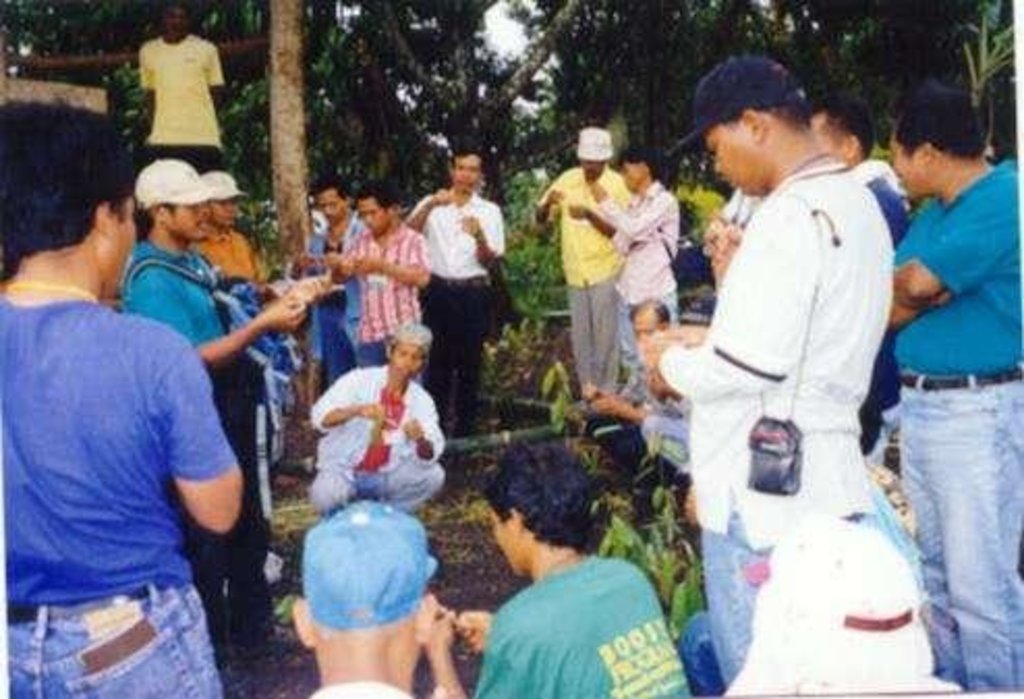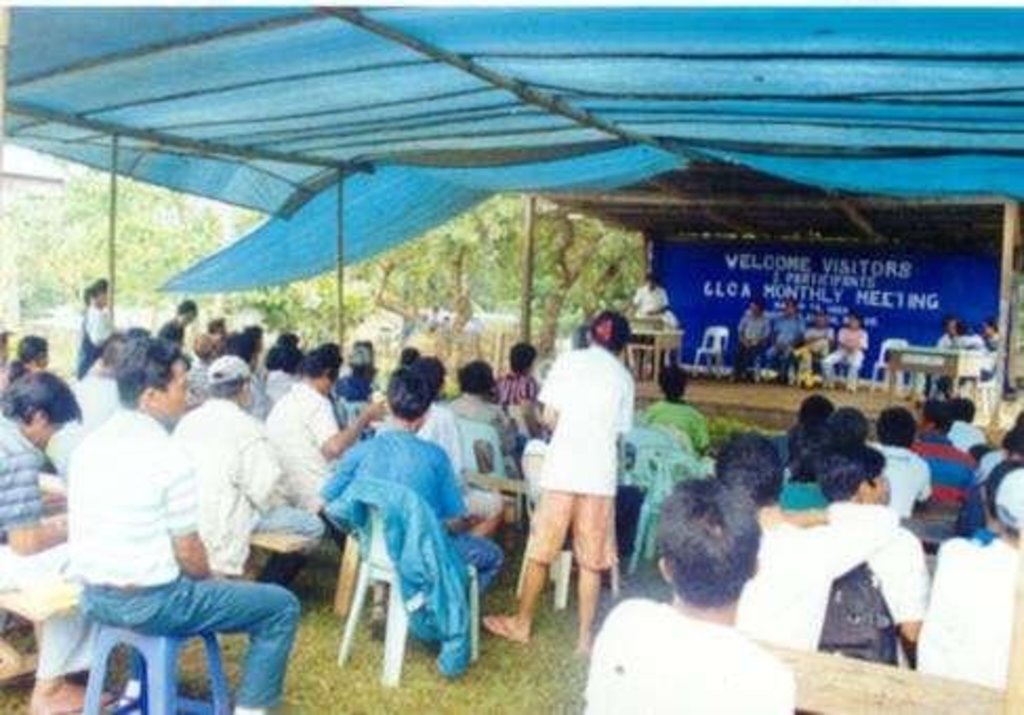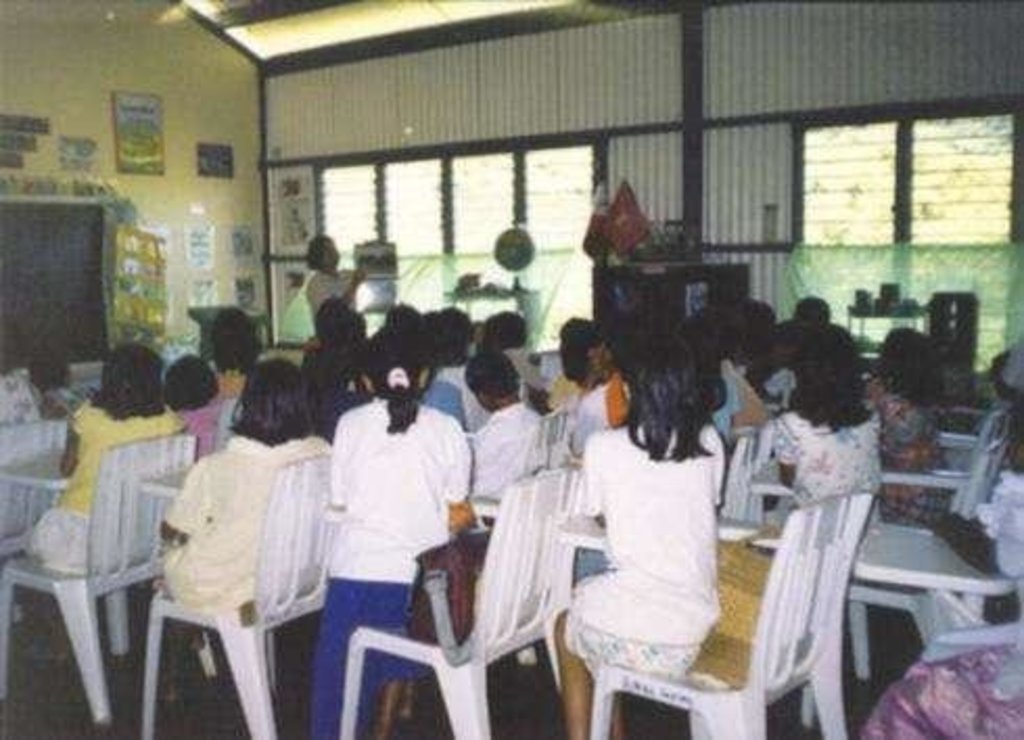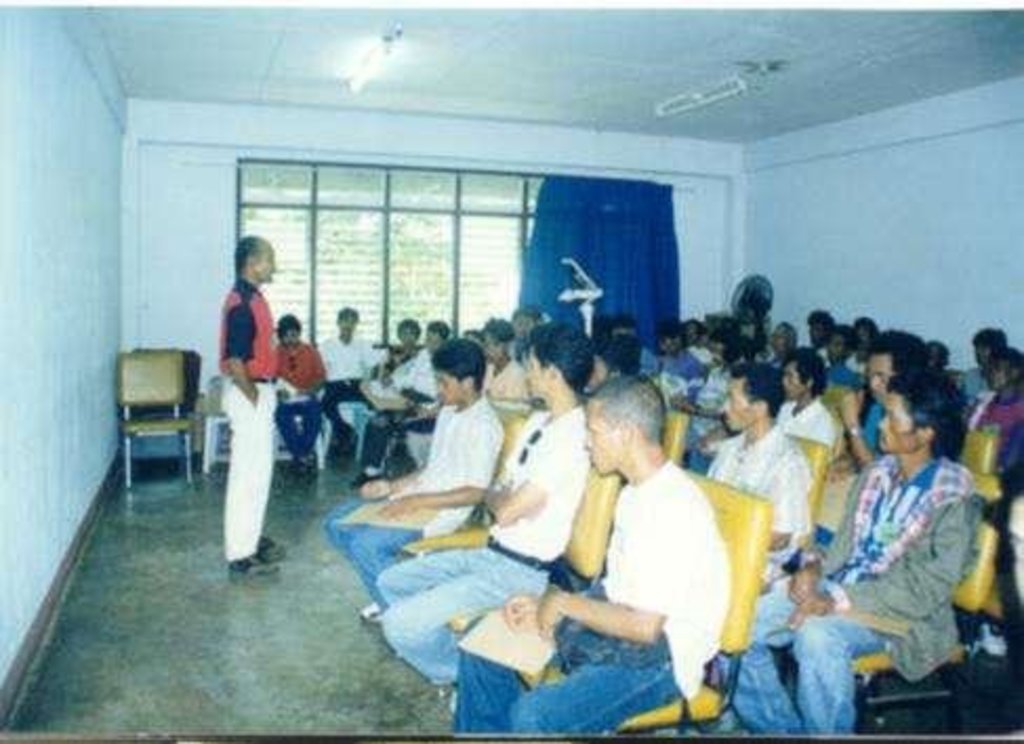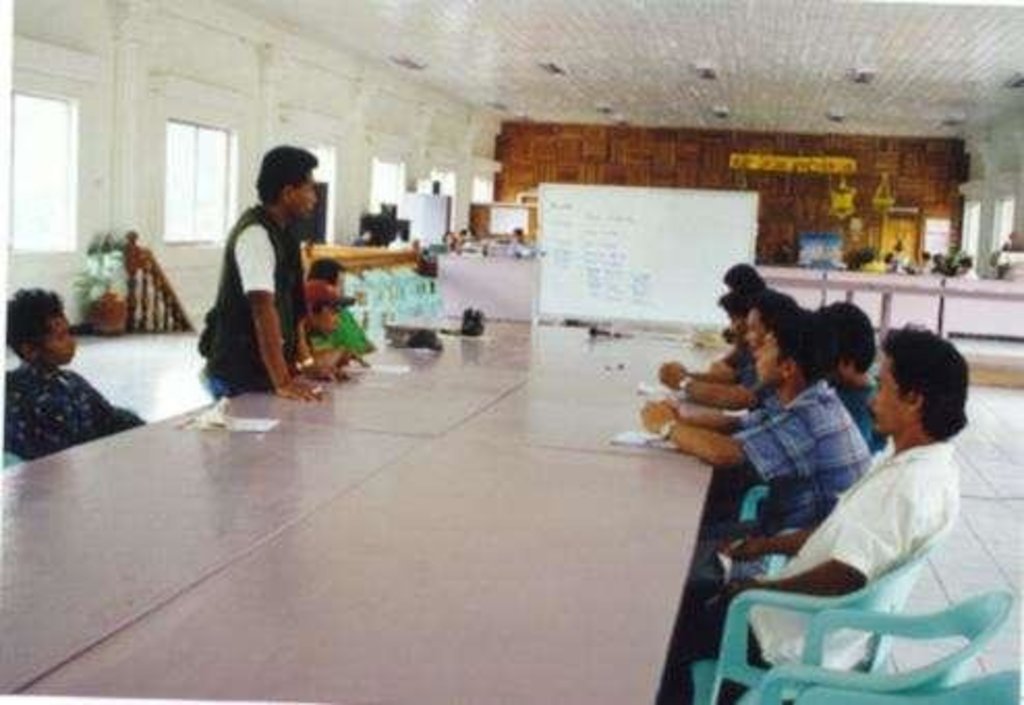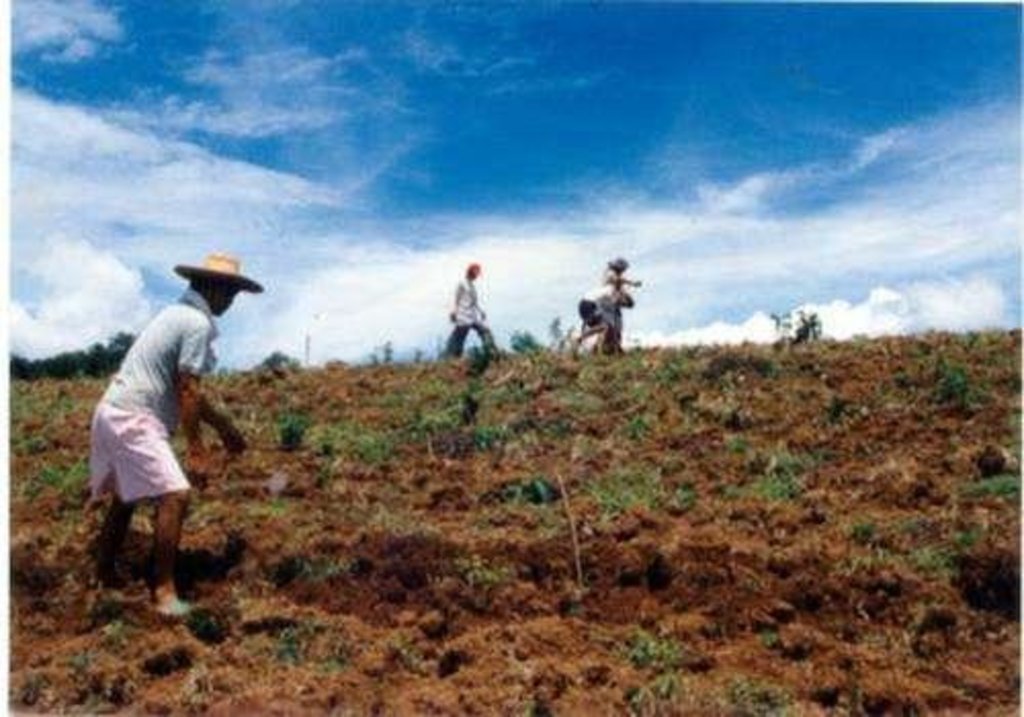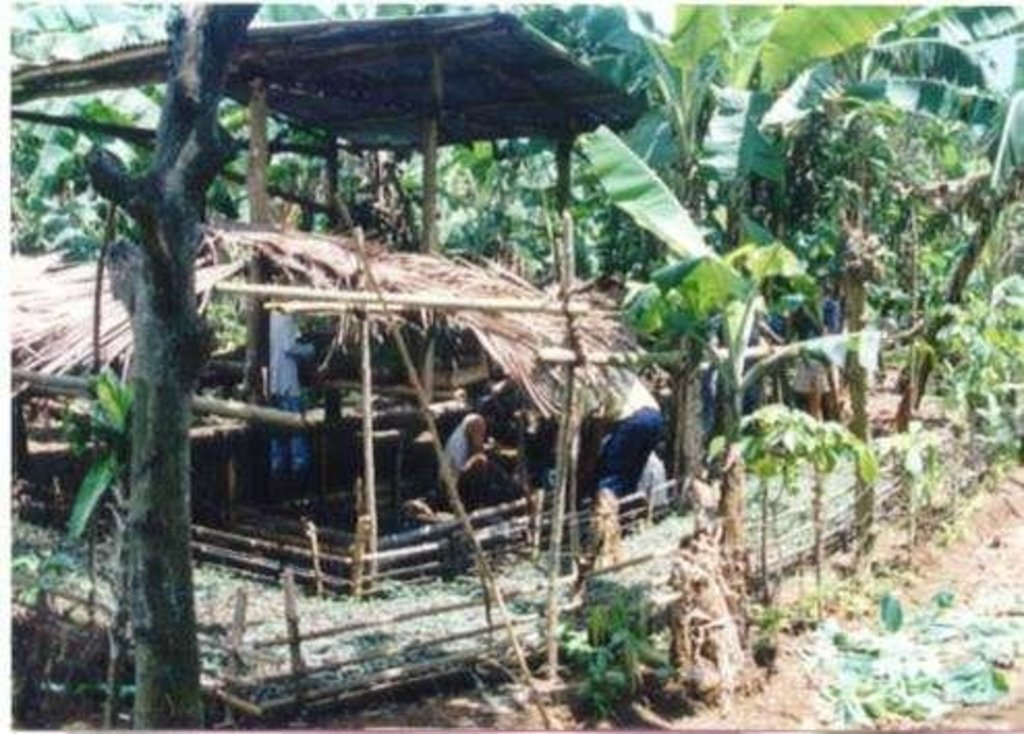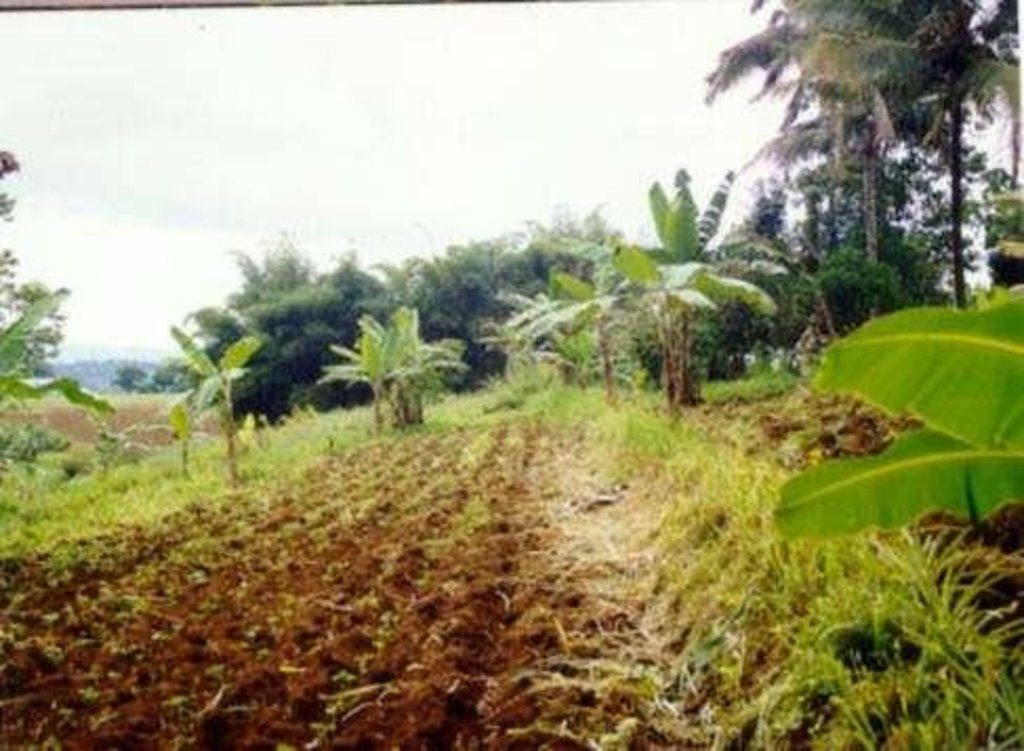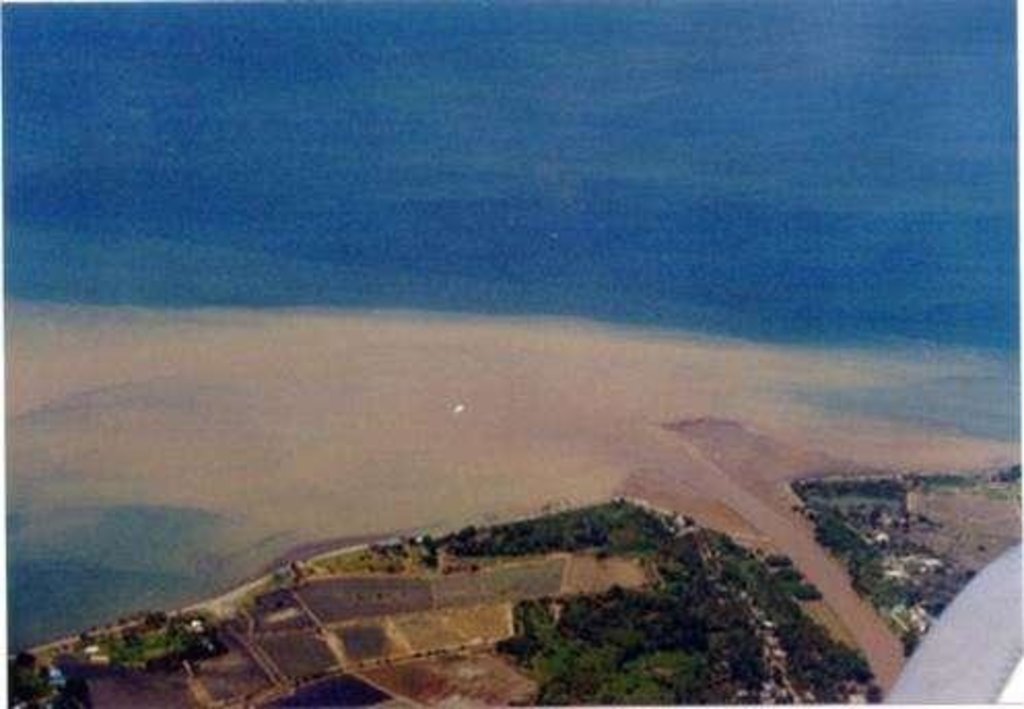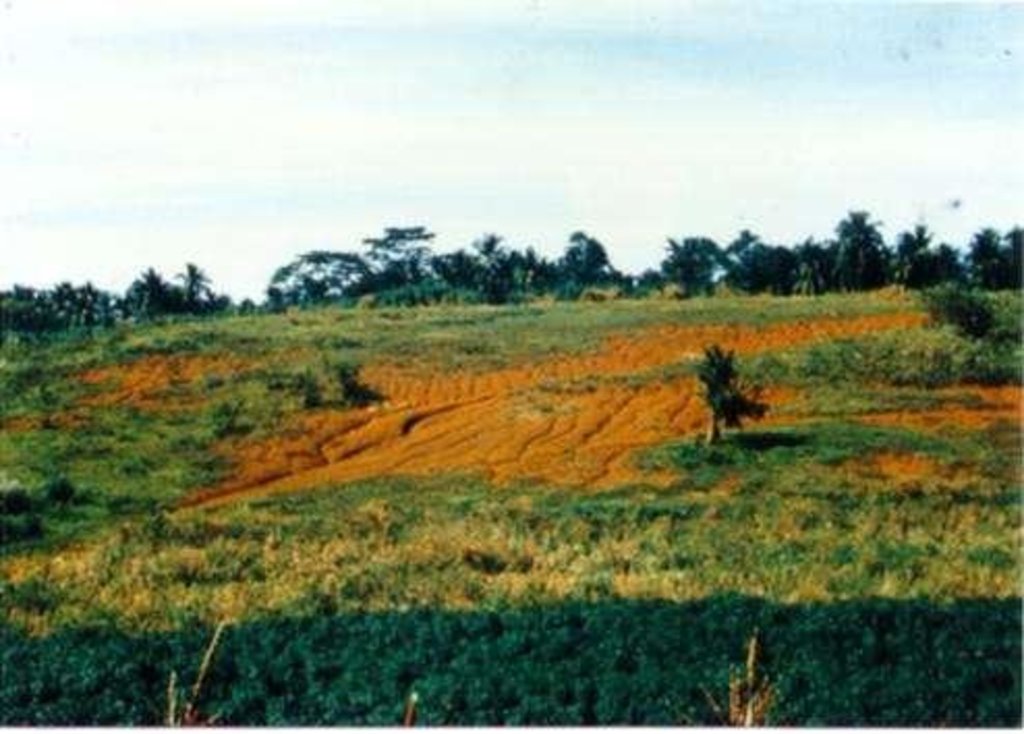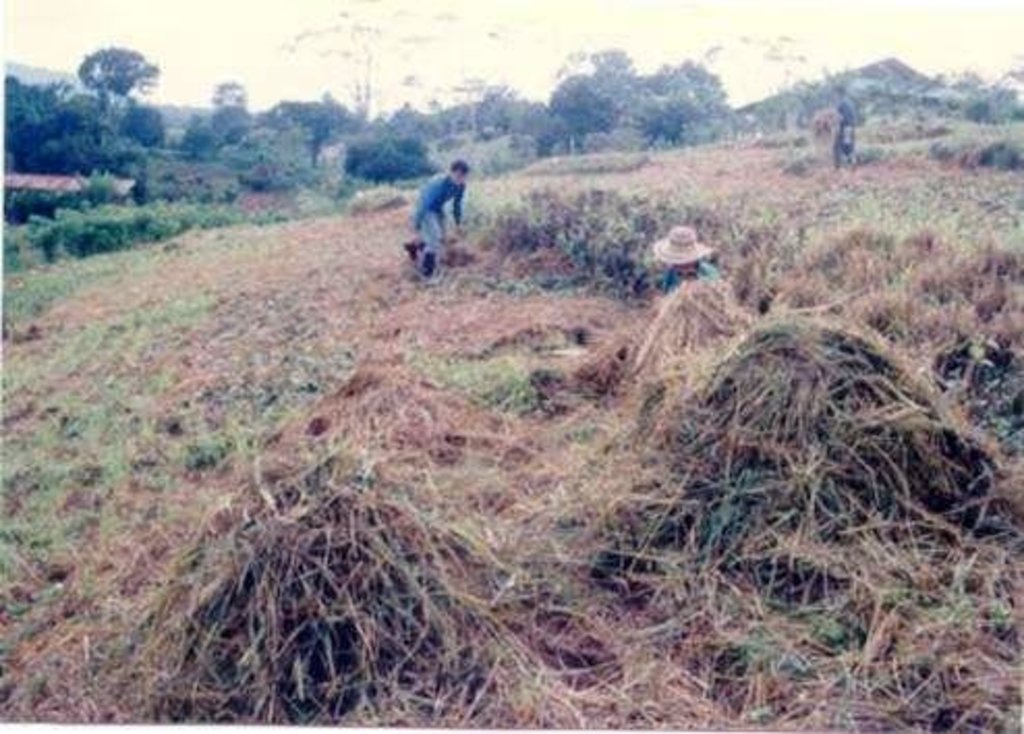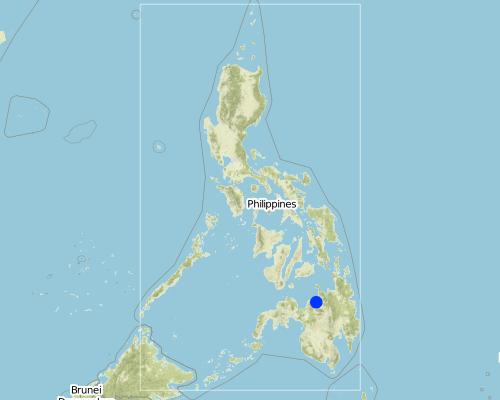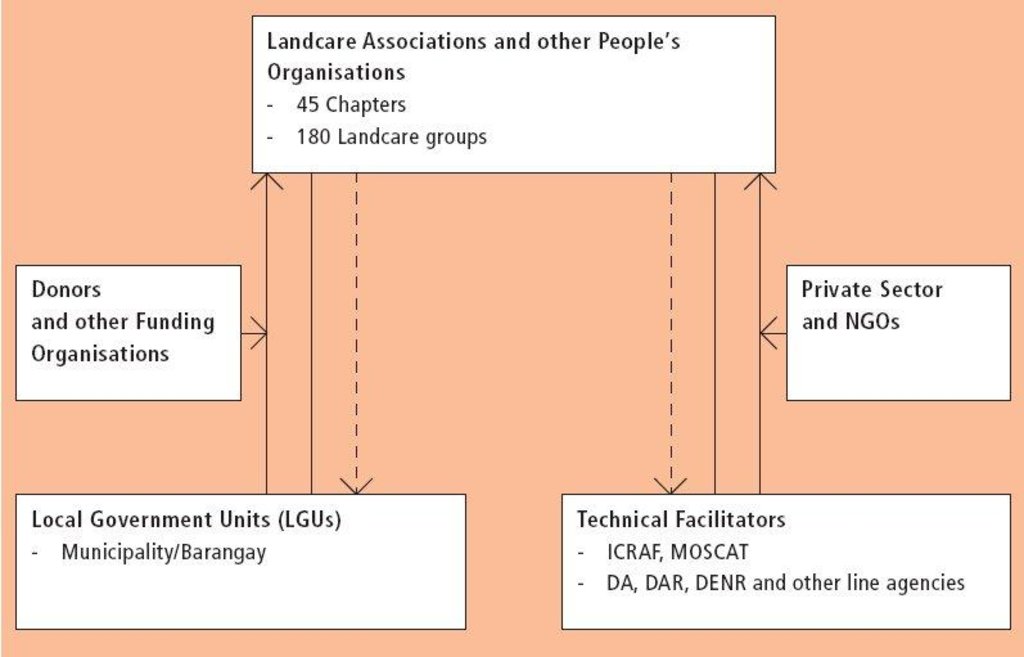LANDCARE - Claveria Landcare Association (CLCA) [Philippines]
- Creation:
- Update:
- Compiler: Romeo Villamin Labios
- Editor: Deborah Niggli
- Reviewer: Deborah Niggli
approaches_1934 - Philippines
View sections
Expand all Collapse all1. General information
1.2 Contact details of resource persons and institutions involved in the assessment and documentation of the Approach
Key resource person(s)
SLM specialist:
Garrity Dennis
D.Garrity@cgiar.org
ICRAF-Southeast Asian Regional Program, Bogor, Indonesia
Philippines
SLM specialist:
SLM specialist:
Bertumen Manuel
(63) 918-710-0798 / Fax: (63) 8821-720964
kalinaw@cdo.philcan.com.ph
ICRAF-Philippines, MOSCAT Campus, Claveria; Misamis Oriental, Philippines
Philippines
SLM specialist:
Mercado Augustin, Jr
ICRAF-Philippines@cgiar.org / agustin9146@yahoo.com
Claveria Research Site
MOSCAT Campus 9004, Claveria, Misamis Oriental, Philippines
Philippines
Name of project which facilitated the documentation/ evaluation of the Approach (if relevant)
Book project: where the land is greener - Case Studies and Analysis of Soil and Water Conservation Initiatives Worldwide (where the land is greener)Name of project which facilitated the documentation/ evaluation of the Approach (if relevant)
Decision Support for Mainstreaming and Scaling out Sustainable Land Management (GEF-FAO / DS-SLM)1.3 Conditions regarding the use of data documented through WOCAT
When were the data compiled (in the field)?
16/01/2009
The compiler and key resource person(s) accept the conditions regarding the use of data documented through WOCAT:
Yes
1.4 Reference(s) to Questionnaire(s) on SLM Technologies
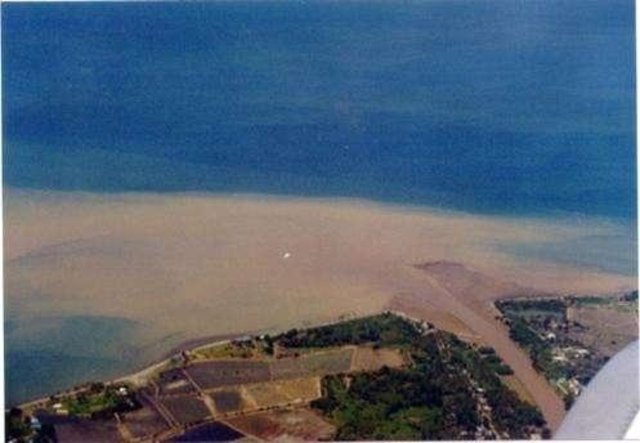
Natural Vegetative Strips (NVS) [Philippines]
Within individual cropland plots, strips of land are marked out on the contour and left unploughed in order to form permanent, cross-slope barriers of naturally established grasses and herbs.
- Compiler: Philippine Overview of Conservation Approaches and Technologies
2. Description of the SLM Approach
2.1 Short description of the Approach
Associations that help diffuse, at low cost, soil and water conservation technologies among upland farmers to generate income while conserving natural resources.
2.2 Detailed description of the Approach
Detailed description of the Approach:
In parts of the Philippines, farmers who are interested in learning and sharing knowledge about sustainable land management and new SWC measures organise themselves into the so-called 'Landcare' associations. These self-help groups are a vehicle for knowledge exchange, training and dissemination of SWC technologies. A main objective is the empowerment of farmers' groups in their efforts to improve their livelihoods as well as the environment. Landcare has three components and aims at strengthening collaboration between those: (1) grassroot farmers' organisations (Landcare organisations); (2) technical facilitators, for example the World Agroforestry Centre (formerly the International Centre for Research in Agroforestry: ICRAF) and government and academic agencies and (3) Local Government Units (LGUs). The Landcare associations are structured as municipal groups, village groups (barangay level or affiliate peoples' organisations), and village sub-groups (sitio or purok level). This ensures effective dissemination of technologies from the municipal level down to the smallest village. To give the associations a legal status, they are registered with the Securities and Exchange Commission (SEC). Landcare associations conduct regular monthly meetings to promote exchange of information, ideas, and experience, thus promoting spread of SWC technologies. Extension service is carried out through the Local Government Units, which allocate 20% of their development funds for Landcare related activities such as meetings, training and visits, and nursery establishment. Farmers organised in Landcare groups have better access to technical and financial support for SWC activities from LGUs and other technical facilitators.
LGUs also enact local laws to encourage adoption of SWC technologies, such as giving tax incentives, and Landcare members are given priority access to programmes and financial assistance. Landcare acts as a guarantor against loans. The facilitating agencies provide technical assistance, and also help create an environment of dynamism among Landcare groups. A link is created between Landcare associations and these service providers. Landcare enhances sharing of labour, builds camaraderie, and encourages group decisions on matters relating to SWC. The approach is spreading rapidly: from the original one association with 25 members in 1996, this increased to 45 groups with over 4,000 members by 1999.
2.3 Photos of the Approach
2.5 Country/ region/ locations where the Approach has been applied
Country:
Philippines
Region/ State/ Province:
Misamis Oriental
Map
×2.6 Dates of initiation and termination of the Approach
Indicate year of initiation:
1996
If precise year is not known, indicate approximate date when the Approach was initiated:
more than 50 years ago (traditional)
2.7 Type of Approach
- traditional/ indigenous
2.8 Main aims/ objectives of the Approach
- organise farmers with common concerns, problems, needs and aspirations into self help groups.
- establish farmers' groups as conduits for financial and other support for SWC technologies.
- empower farmers' groups in their efforts to improve their livelihoods as well as the environment.
- strengthen working linkages between farmers and the LGU, NGOs and technical facilitators.
- promote sharing of new technologies, information, ideas and experiences about sustainable agriculture and natural resources management among Landcare groups and members.
- facilitate collective efforts in activities - which cannot be carried out at household level (eg communal nurseries).
- assist in the marketing of agroforestry-derived products of the members, and to develop links to studies on agroforestry based farming
2.9 Conditions enabling or hindering implementation of the Technology/ Technologies applied under the Approach
social/ cultural/ religious norms and values
- enabling
Members of Landcare are recommended to lending institutions for production loans.
legal framework (land tenure, land and water use rights)
- enabling
Speed up the land reclassification and land registration program of the Department of Environment and Natural Resources (DENR).
knowledge about SLM, access to technical support
- enabling
farmers training and cross visits to nearby farmers.
3. Participation and roles of stakeholders involved
3.1 Stakeholders involved in the Approach and their roles
- local land users/ local communities
land user driven (bottom-up). Spontaneous adoption with technical assistance from donors
Working land users were mainly men (Men do the main job in the field. Women do home-related agricultural activities e.g. corn shelling. Men do the heavier works (plowing, harrowing). Women in light
- SLM specialists/ agricultural advisers
ICRAF facilitated the organisation of farmers. Specialists established the linkage between Landcare and LGUs/NGOs.
technical assistance from donors
- local government
Local government units (LGU's)
- national government (planners, decision-makers)
Department of Agriculture
3.2 Involvement of local land users/ local communities in the different phases of the Approach
| Involvement of local land users/ local communities | Specify who was involved and describe activities | |
|---|---|---|
| initiation/ motivation | interactive | public meetings, rapid/participatory rural appraisal, workshops/ seminars |
| planning | interactive | public meetings, rapid/participatory rural appraisal, workshops/ seminars |
| implementation | self-mobilization | organisation of major and minor activities: coordination of casual labour |
| monitoring/ evaluation | interactive | measurements/observations, public meetings, interviews/ questionnaires |
| research | interactive | on-farm research supported by LGU, academics, ICRAF |
3.3 Flow chart (if available)
Description:
The diagram demonstrates the collaboration, complementarity, interdependence and synergism between the actors.
Explanations: ->Support (technical, financial, policy) --->Demands, requests, feedback IC
3.4 Decision-making on the selection of SLM Technology/ Technologies
Specify who decided on the selection of the Technology/ Technologies to be implemented:
- mainly land users, supported by SLM specialists
Explain:
land user driven (bottom-up). Spontaneous adoption with technical assistance from donors
4. Technical support, capacity building, and knowledge management
4.1 Capacity building/ training
Was training provided to land users/ other stakeholders?
Yes
Specify who was trained:
- land users
If relevant, specify gender, age, status, ethnicity, etc.
Training (by LGU, ICRAF, academics) in tree nursery establishment and seeding, soil sampling and soil fertility assessment, layout of contours for natural vegetative strips, and pest and disease control in the farm
Form of training:
- on-the-job
- farmer-to-farmer
- demonstration areas
4.2 Advisory service
Do land users have access to an advisory service?
Yes
Specify whether advisory service is provided:
- on land users' fields
4.3 Institution strengthening (organizational development)
Have institutions been established or strengthened through the Approach?
- yes, greatly
Specify the level(s) at which institutions have been strengthened or established:
- local
Specify type of support:
- capacity building/ training
4.4 Monitoring and evaluation
Is monitoring and evaluation part of the Approach?
Yes
If yes, is this documentation intended to be used for monitoring and evaluation?
No
4.5 Research
Was research part of the Approach?
Yes
Specify topics:
- sociology
- technology
5. Financing and external material support
5.2 Financial/ material support provided to land users
Did land users receive financial/ material support for implementing the Technology/ Technologies?
No
5.3 Subsidies for specific inputs (including labour)
- agricultural
| Specify which inputs were subsidised | To which extent | Specify subsidies |
|---|---|---|
| seeds | partly financed | |
| fertilizers | partly financed | |
| seedlings | partly financed | tree & coffee seedlings |
5.4 Credit
Was credit provided under the Approach for SLM activities?
No
6. Impact analysis and concluding statements
6.1 Impacts of the Approach
Did the Approach help land users to implement and maintain SLM Technologies?
- No
- Yes, little
- Yes, moderately
- Yes, greatly
The approach has greatly helped land users in the implementation of soil and water management technologies. Farmers now adopt 'natural vegetative strips' (NVS). Large farms (> 3 ha) have generally evolved into commercial production of tree crops (coffee) and trees (timber).
Did the Approach improve issues of land tenure/ user rights that hindered implementation of SLM Technologies?
- No
- Yes, little
- Yes, moderately
- Yes, greatly
Land tenure is still an important factor in adoption of SWC technology. Providing simple technology in establishment and maintenance enhance adoption. Landcare groups exist where tenants are members. They adopt SWC technology.
Did other land users / projects adopt the Approach?
- No
- Yes, little
- Yes, moderately
- Yes, greatly
Many other NGOs, local government units (LGUs) and line agencies have adopted - and further adapted - the Landcare approach in their respective areas. The approach has been proven effective and it is now being looked upon as a model for the implementation of SWC and other related activities, particularly in Mindanao.
6.2 Main motivation of land users to implement SLM
- affiliation to movement/ project/ group/ networks
- enhanced SLM knowledge and skills
6.3 Sustainability of Approach activities
Can the land users sustain what has been implemented through the Approach (without external support)?
- yes
If yes, describe how:
Landcare has become an integral part of civil organisation. Landcare is a triangulation of grassroot organizations (farmers), local government units (LGU's), and technical failitators. The financial resource required for this approach are imbedded in the regular budget of municipal or barangay. The LGU's (politicians consider Landcare groups as political machinery and voting blocks. If they
6.4 Strengths/ advantages of the Approach
| Strengths/ advantages/ opportunities in the land user’s view |
|---|
| Makes farm workers easier |
| Promotes social integration and addresses other social issues which are beyond individual household capacity to solve (burials, weddings, etc) |
| Strengths/ advantages/ opportunities in the compiler’s or other key resource person’s view |
|---|
| Promotes rapid adoption of SWC technologies. Provides easy and fast access/implementation of SWC technologies |
| Encourages farmers to gain access to services and financial support from LGU, technical facilitators and service providers |
| Provides a vehicle for participatory research and technical interventions and ensures that newly-developed technologies are appropriate |
| Makes extension activities cost effective |
| Ensures sustainability of actions |
6.5 Weaknesses/ disadvantages of the Approach and ways of overcoming them
| Weaknesses/ disadvantages/ risks in the land user’s view | How can they be overcome? |
|---|---|
| Individual problems not easily addressed, as few members are frank and open | Encourare everybody to share their problems and concerns |
| Participation entails time to be away from farm work | Meetings and discussions should be scheduled during evenings or holidays. |
| Weaknesses/ disadvantages/ risks in the compiler’s or other key resource person’s view | How can they be overcome? |
|---|---|
| Over reliance on ICRAF on technical innovation | Encourage farmers to conduct farmer level experimentation. |
| Lack of leadership and organisation skills of some Landcare leaders, who are unable to guide groups into cohesive, dynamic organisation. It takes time to get consensus and to make them work together | Landcare group leaders need to be better trained in leadership skills group facilitation and participation |
| Some farmers join Landcare expecting handouts or grants | Project objectives and strategies should be explicitly explained to farmers |
| Over-emphasis of political patronage by some LGUs alienates people of different orientation/background | Encourage a more transparent government at LGU particularly at barangay level |
7. References and links
7.1 Methods/ sources of information
- field visits, field surveys
- interviews with land users
7.2 References to available publications
Title, author, year, ISBN:
Campbell, Andrew. 1994. Landcare: Communities shaping the land and the future. Allen and Unvin, St. Leonard, New South Wales, Australia
Available from where? Costs?
ICRAF-Philippines. College of Forestry, UPLB, College, Laguna, Philippines
Title, author, year, ISBN:
Garrity, Dennis and Agustin Mercado, Jr. The Landcare Approach: a Two-Based Method to Rapidly Disseminate Agroforesttry Practices in Upland Watersheds
Available from where? Costs?
ICRAF-Philippines. College of Forestry, UPLB, College, Laguna, Philippines
Title, author, year, ISBN:
Mercado Jr A, Patindol M and Garrity DP (2001) The Landcare experience in the Philippines: technical and institutional innovations for conservation farming. Development in Practice, Vol. 11, No. 4
Links and modules
Expand all Collapse allLinks

Natural Vegetative Strips (NVS) [Philippines]
Within individual cropland plots, strips of land are marked out on the contour and left unploughed in order to form permanent, cross-slope barriers of naturally established grasses and herbs.
- Compiler: Philippine Overview of Conservation Approaches and Technologies
Modules
No modules


